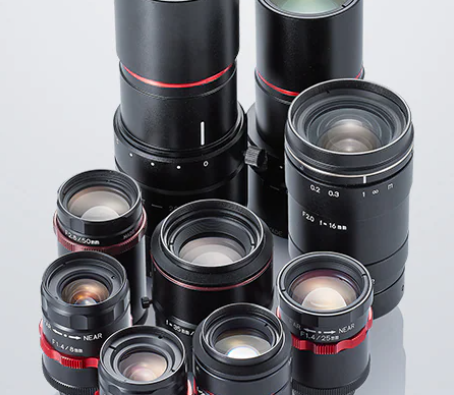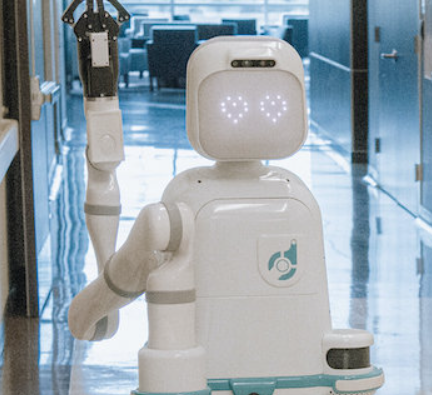
Machine vision is playing a crucial role in advancing sustainability efforts across numerous industries. By combining artificial intelligence (AI) and machine learning, these systems are revolutionizing operations, making them more efficient and accurate. Unlike traditional methods, machine vision technologies allow for real-time monitoring of environmental shifts, wildlife tracking, and the identification of ecological threats. This precision not only improves conservation efforts but also informs smarter decision-making for environmental protection. Furthermore, these technologies are driving sustainability by optimizing resource use and reducing waste in sectors such as manufacturing and agriculture.
Manufacturing
In the manufacturing world, machine vision systems are essential for ensuring high-quality production. These technologies enable precise inspections, helping to identify defects early and prevent costly and energy-consuming rework. By improving the efficiency of production processes, machine vision reduces energy usage, lowers carbon emissions, and minimizes waste. It can also enhance logistics and supply chain management by automating sorting and tracking systems, which increases overall productivity while maintaining a secure workflow.
Transportation
The automotive industry is another area where machine vision, powered by AI, is making a significant impact on sustainability. By optimizing energy consumption and reducing waste, these systems streamline production lines. Advanced vision technology minimizes material waste and the need for rework, leading to energy savings.
Machine vision also contributes to the development of fuel-efficient vehicles by helping designers analyze structural elements for greater aerodynamics and lighter weight, which ultimately lowers fuel consumption and emissions. These advancements support global sustainability initiatives and align with efforts to reduce the environmental impact of transportation.
Additionally, machine vision technologies play a role in integrating renewable energy solutions in manufacturing environments. By managing and monitoring the performance of solar panels or wind turbines, these systems ensure that renewable energy sources are used optimally, thus decreasing reliance on non-renewable power.
Healthcare
In healthcare, machine vision and AI are improving diagnostic precision, leading to better patient outcomes. These systems can analyze medical images with unmatched accuracy, allowing for early disease detection and quicker treatment. This capability not only speeds up diagnoses but also helps doctors develop more targeted treatment plans, ultimately benefiting patient care.
Machine vision is also enhancing the quality of surgical procedures. By providing real-time, high-quality visual data during operations, these systems enable surgeons to perform minimally invasive surgeries with greater precision, which helps shorten recovery times for patients.
Agriculture and Ecology
The agricultural and environmental sectors are benefitting greatly from machine vision technologies. These systems offer an efficient means to monitor ecological changes, assess wildlife populations, and detect environmental threats. With machine vision, precise data is gathered and analyzed, which leads to better decision-making in conservation and resource management strategies.
In agriculture, machine vision, combined with AI, is helping farmers optimize crop yields and improve farming practices. By using visual data to detect pests, monitor plant health, and optimize irrigation, farmers can make informed decisions that promote sustainability and reduce waste.
The integration of drones equipped with multispectral and hyperspectral cameras has become a game-changer in agriculture. These drones can capture high-resolution imagery of crops, providing valuable ecological data that helps farmers manage their fields more effectively.
The Path Ahead
The integration of machine vision with AI and automation is pushing industries towards more energy-efficient and sustainable practices. These technologies are indispensable for driving innovation and achieving operational excellence while minimizing environmental impact. The precision of the optics in machine vision systems ensures the accuracy of data collection and analysis, making it possible to detect issues and optimize processes with incredible detail.
By embracing these technologies, businesses can not only contribute to a more sustainable future but also position themselves to thrive in an increasingly competitive world. Machine vision and AI are not just tools for today—they are the foundation for the industries of tomorrow.












